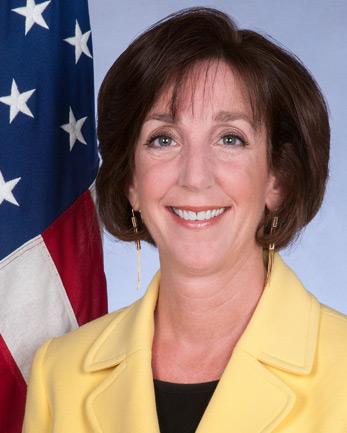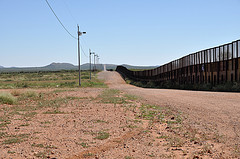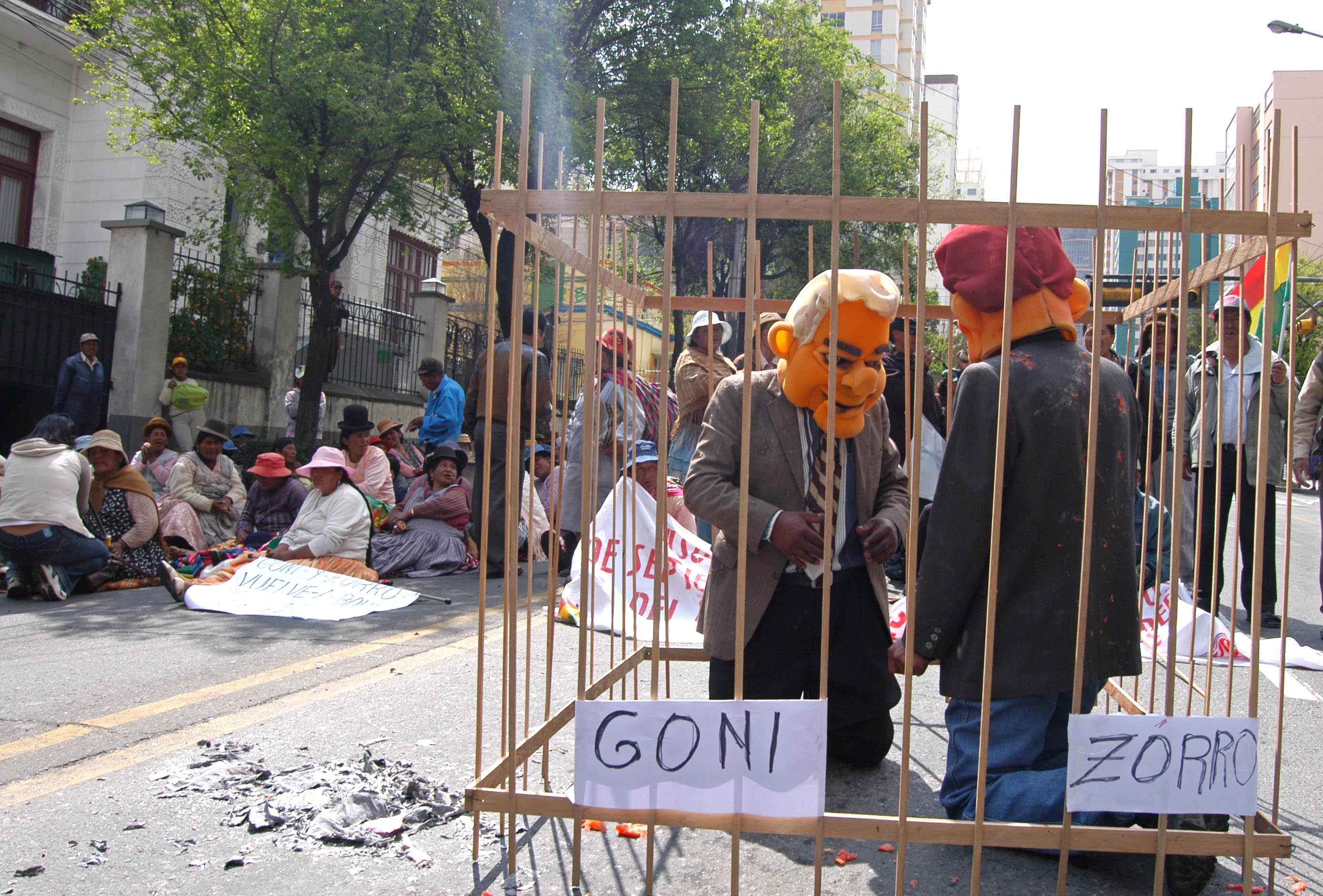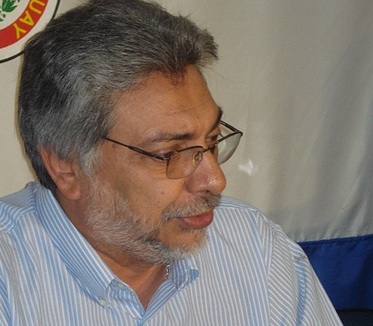Beyond Borders, United States
Immigration Control Program Morphing Into Prisoner Screening Program
May 5, 2010 By Alison Bowen
The 287(g) program, a lightning rod for criticism, is slowly and quietly melting into an expanded version of Secure Communities, a different and more under-the-radar government program.
Advocates and experts have noticed the switch, as the line to sign up for 287(g), a program that deputizes local police officers to enforce immigration law, has slowed, and the support for Secure Communities, a program screening prisoners for immigration status, grows.
Richard M. Stana, director of Homeland Security and Justice Issues, said he’s noticed fewer memorandums of agreement, signed with local law enforcement agencies when they wanted to enter 287(g).
According to the Web site for the U.S. Immigration and Customs Enforcement, as of April 29, no new 287(g) memorandums have been signed in 2010. In 2009, nine new agencies signed up.
Stana helped write a Government Accountability Office (GAO) report criticizing 287(g) last year, calling for better controls over the program.
“What the 287(g) program appears to be morphing into in Secure Communities is a program that’s identified many of the vulnerabilities that we identified,” Stana said.
Those vulnerabilities included inconsistent supervision over local agencies and confusion between local and federal officers on issues like data collection and responsibilities.
Right now, 287(g) has different options available to agencies entering the program. One is a “jail model,” allowing officers to crosscheck prisoners with an immigration database, flagging people without proper documentation.
“Secure Communities is doing that with everyone that comes into their system,” Stana said.
In a November press release, ICE assistant secretary John Morton proposed that Secure Communities be in each state by 2011 and “available to every law enforcement agency in the nation by 2013.”
What Secure Communities is leaving behind with 287(g), Stana said, is the “patrol model,” where officers are given the authority to enforce federal immigration law while patrolling the streets.
This model is what fostered a lot of criticism among activists and minorities, who said it effectively allowed officers to target people they assumed were undocumented immigrants.
Shortly after the first memorandum of agreement under 287(g) was signed, Michele Waslin, a senior policy analyst at the American Immigration Council’s Immigration Policy Center, wrote a report for the National Council of La Raza articulating an argument many activists echo today.
“Millions will be affected by this rule as law enforcement officers, who are untrained in immigration law, stop and question Latinos and other Americans who ‘look or ‘sound’ like they might be foreign,” she wrote.
With Secure Communities, Stana said, officials seem to be hoping to solve problems highlighted under 287(g), like police officers who interpreted their new authority differently than federal officers imagined.
“It appears that the federal government and ICE is bringing more control and responsibility back into the federal government and away from the communities,” he said.
The GAO report called for more internal controls of the program. Mr. Stana told the Representatives that more than half of the agencies reported community concerns about racial profiling, and other agencies were using the program for people committing minor violations, not the repeat criminals federal officers had intended.
He also said that by taking out the patrol model, Secure Communities might avoid the accusations of racial profiling by officers in the streets.
“By focusing on the jail model, that way there’s no profiling,” Stana said. “It’s, ‘We’re checking everyone.’”
Advocates aren’t convinced, however.
Alfonso Gonzalez, an assistant professor at New York University’s department of social and cultural analysis, said he has noticed the government sliding the emphasis onto Secure Communities.
“It’s going to be a way of sort of bypassing the challenges of 287(g),” he said.
He said similar issues would persist, like which communities undertake the program. Many activists have argued that communities showing interest in the programs have higher populations of Latinos.
“I’m very critical of it, because it’s really not addressing the fundamental problem of racial profiling,” Gonzalez said. “How do they decide who they’re going to recommend to that program?”
About Alison Bowen
Alison is a Missouri native and New York City freelance writer who has wanted to cover Latin America since studying Spanish in Central America. After moving to Brooklyn, her work has appeared in The New York Times, the Daily News, the Manhattan Times and Women’s eNews. She earned a master’s degree in journalism and Latin American and Caribbean studies at New York University. Her thesis focused on immigration policies after September 11, including counterterrorism measures, and their effects on the daily lives of immigrants in New York City.






1 Comment
[…] immigration control program is morphing into a prisoner screening […]
Comments are closed.